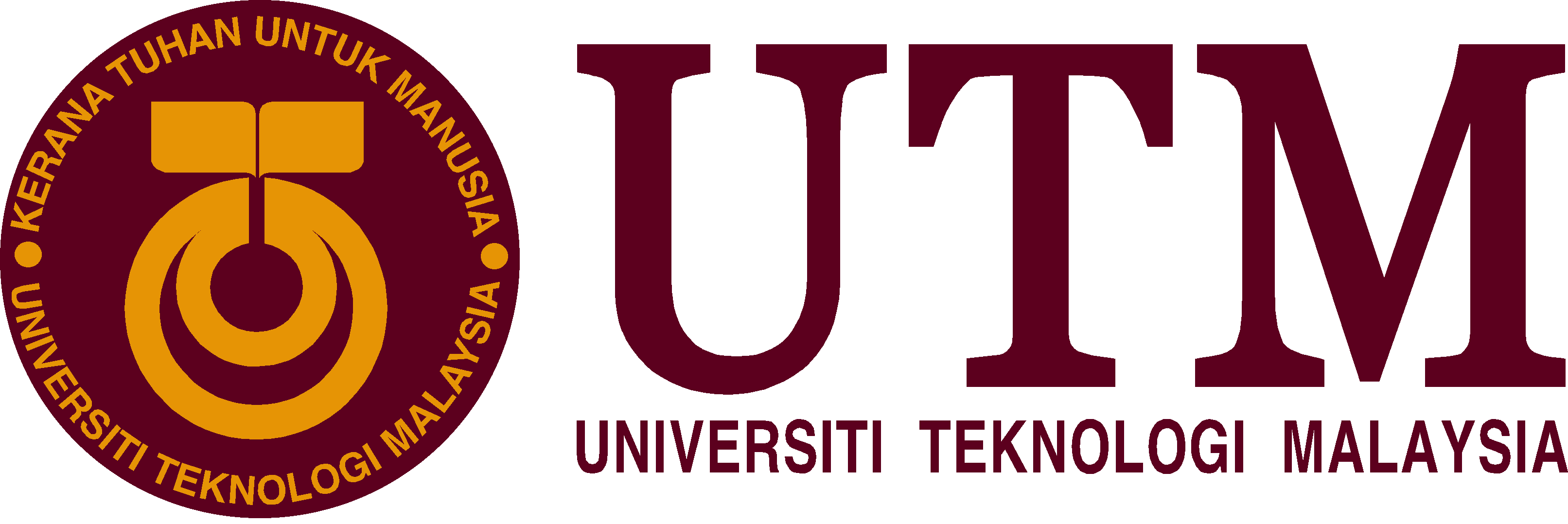Electricity generation using renewable energy-based microgrid (REM) is a prerequisite to achieve one of the objectives of sustainable development goal (SDG 7- Affordable and Clean Energy). Nonetheless, the optimum design of the REM is challenging due to fluctuating demand and intermittent nature of the renewable energy sources. The optimum sizing of the REM is also associated with several non-convexities and nonlinearities, thereby precluding the application of deterministic optimization searching techniques for the sizing problem. This paper, therefore, proposes a rule-based algorithm and metaheuristic optimization searching technique (MOST) for the energy management (EM) and sizing of an autonomous microgrid, respectively. The purpose of the energy management scheme (EMS) is to provide power delivery sequence for the different components that compose the microgrid. Afterward, the EMS is optimized using MOST. For benchmarking, the paper compares the success of six different MOSTs. The simulation is performed for the climatic conditions of Maiduguri, Nigeria. The comparative results indicate that grasshopper optimization algorithm yields a better result relative to other studied MOSTs. Remarkably, it outperforms the grey wolf optimizer, the ant lion optimizer, and the particle swarm optimization by 3.0 percent, 5.8 percent, and 3.6 percent (equivalent to a cost savings of $8332.38, $4219.87, and $5144.64 from the target microgrid project). Results also indicate that the EMS adopted for the control of the microgrid has led to the implementation of a clean and affordable energy system. Moreover, the proposed microgrid configuration has minimized CO2 emission (by 92.3 %) and fuel consumption (by 92.4 %), when compared to the application of a fossil fuel-based diesel generator.https://www.sciencedirect.com/science/article/pii/S1755008421000612

